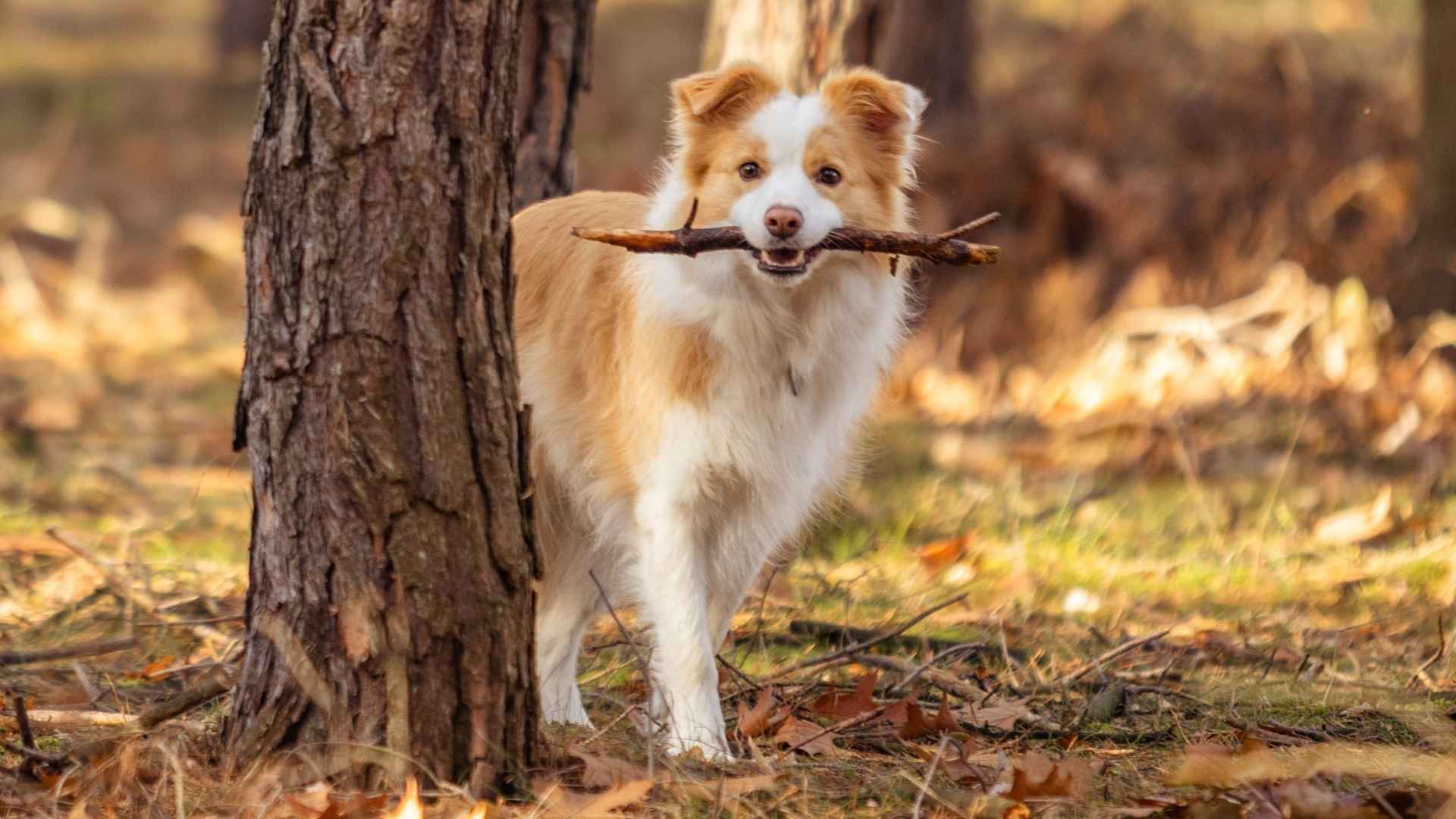Hide-and-seek isn’t just child’s play; many dogs thrive on the thrill of the hunt, making this classic game a fun and enriching activity for your furry companion. Whether searching for a hidden toy or tracking down their favorite human, some dogs seem born for the chase. Their enthusiasm taps into deep-rooted instincts like scent tracking, problem-solving, and the joy of discovery.
While nearly any dog can learn to enjoy a round of hide-and-seek, certain breeds bring an exceptional level of skill to the game. With sharp noses, agile bodies, and curious minds, these dogs turn playtime into a mental and physical workout. Some sneak around with quiet precision, while other dogs use their unmatched scenting ability to sniff out even the best hiding spots.
In this article, we’ll uncover the dog breeds that excel in hide-and-seek. From stealthy hounds to clever companions, these four-legged detectives make every game an exciting adventure, for both you and them.
Dog Breeds That Excel In Hide-And-Seek
1. Border Collie

When it comes to hide-and-seek, few breeds outperform the Border Collie. Famous for their high intelligence and lightning-fast reflexes, these dogs instinctively understand the objective of the game and excel at both hiding and seeking.
Their sharp problem-solving abilities allow them to navigate complex environments and uncover hidden targets with ease. Agile and alert, Border Collies turn each round into a focused mission, driven by their intense work ethic and innate herding instincts.
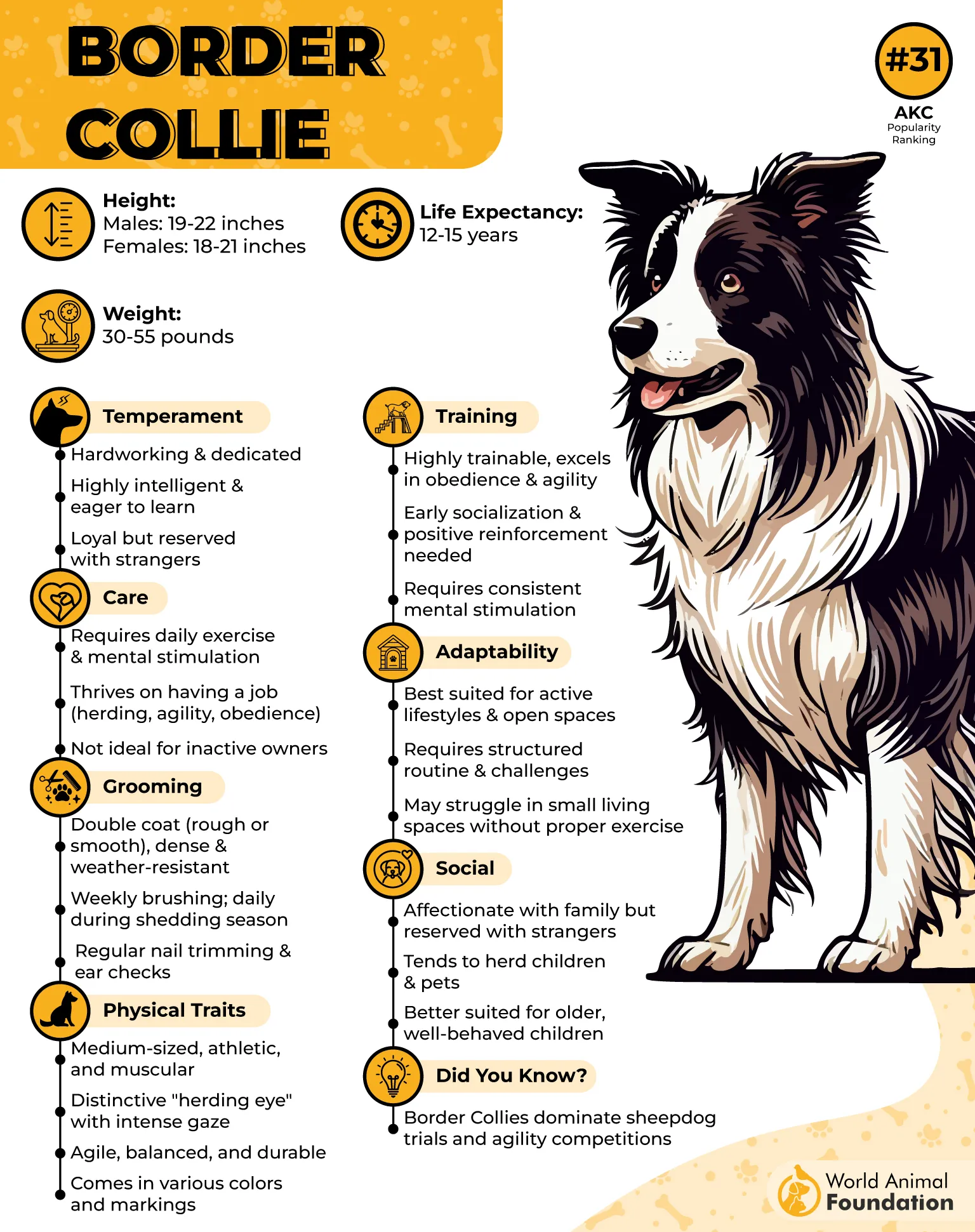
Training
Training a Border Collie is both rewarding and essential. The AKC describes the Border Collie as an exceptionally intelligent and hardworking dog, so much so that it may be overwhelming for pet parents who lack the time, energy, or resources to keep it mentally and physically engaged.
These dogs crave structured obedience training from an early age, which helps shape their impressive abilities. Because they learn quickly, hide-and-seek becomes not just a game but an enriching challenge that keeps them mentally engaged.
Regular training also helps channel their energy into positive tasks, making them eager participants in interactive play. Early socialization is key, as their natural reserve around strangers can be reduced with consistent, positive exposure.
Fun Fact: Border Collies are renowned for their intelligence and agility, often topping the charts in canine obedience and herding competitions.
2. Beagle
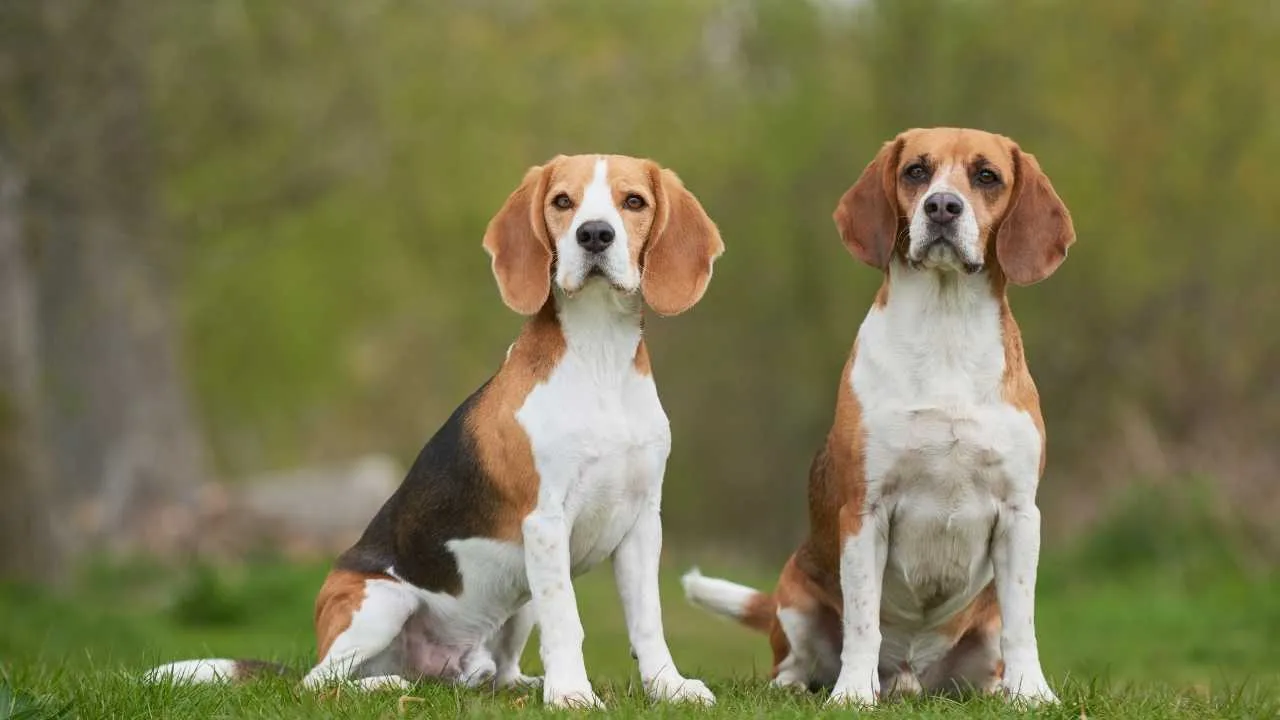
This scent hound’s extraordinary nose and unshakable determination make it a natural seeker. PetMD notes that Beagles are affectionate and loving companions, typically getting along well with children and other household pets.
Bred for tracking game, Beagles rely on their scenting instincts to follow trails with near-obsessive focus, whether it’s a hidden treat, toy, or family member.
Their small, agile bodies allow them to maneuver into tight spaces, and their curiosity drives them to check every nook and cranny with enthusiasm.
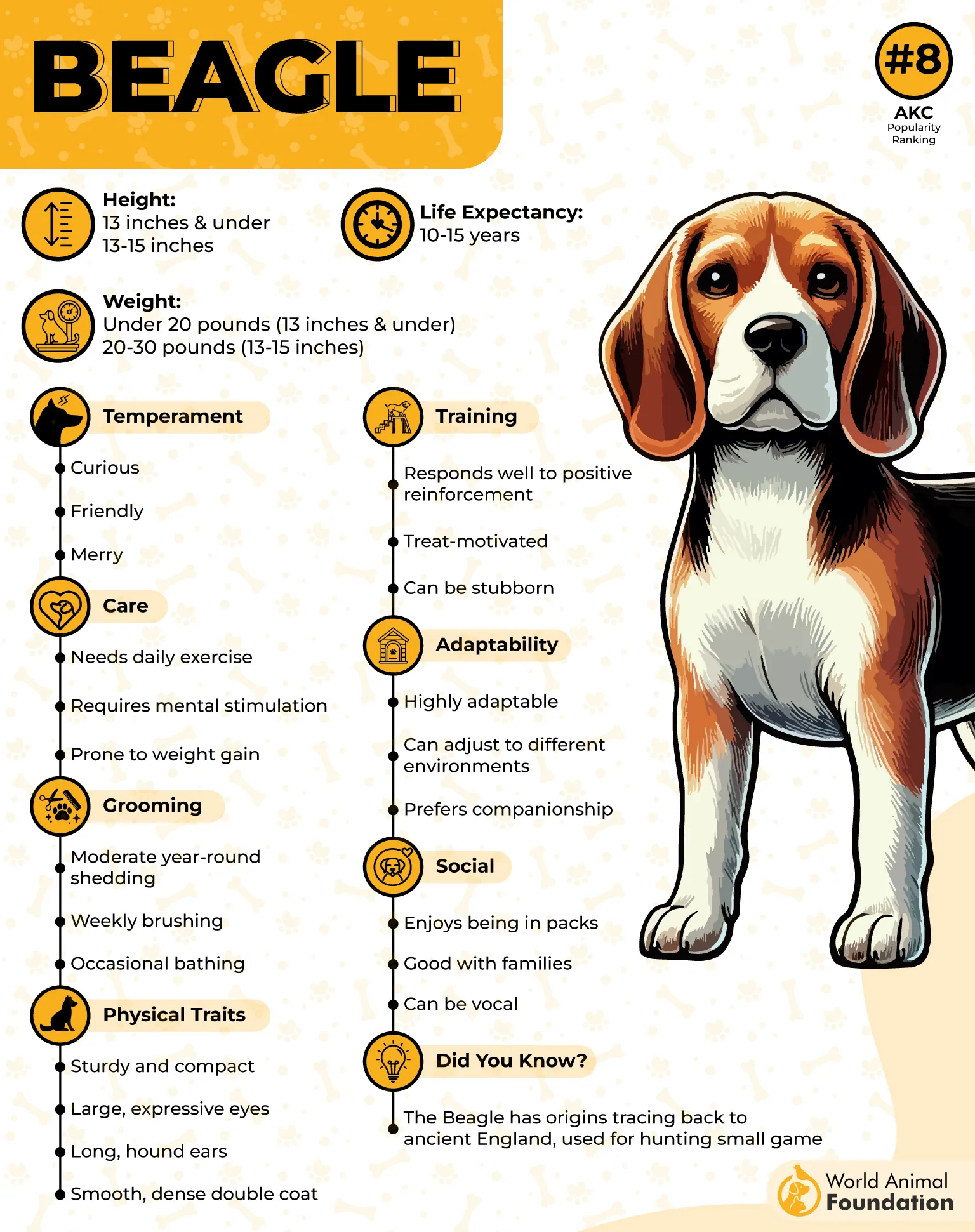
Training
Beagles are smart, eager, and incredibly food-motivated, traits that work well in training, especially when reinforced with positive rewards. However, their short attention span and strong sense of smell can be distractions, so brief, focused training sessions work best.
Starting early and using treats, praise, or toys can help keep them engaged. Because their hunting roots can lead them to wander, it’s important to train recall and use fenced areas or leashes during play to keep them safe and focused on the game.
Fun Fact: These smart dogs come in two size varieties and are known for their tricolor coats, dense double fur, and famously floppy ears, features that make them both adorable and incredibly adept at scent-based games.
3. Jack Russell Terrier
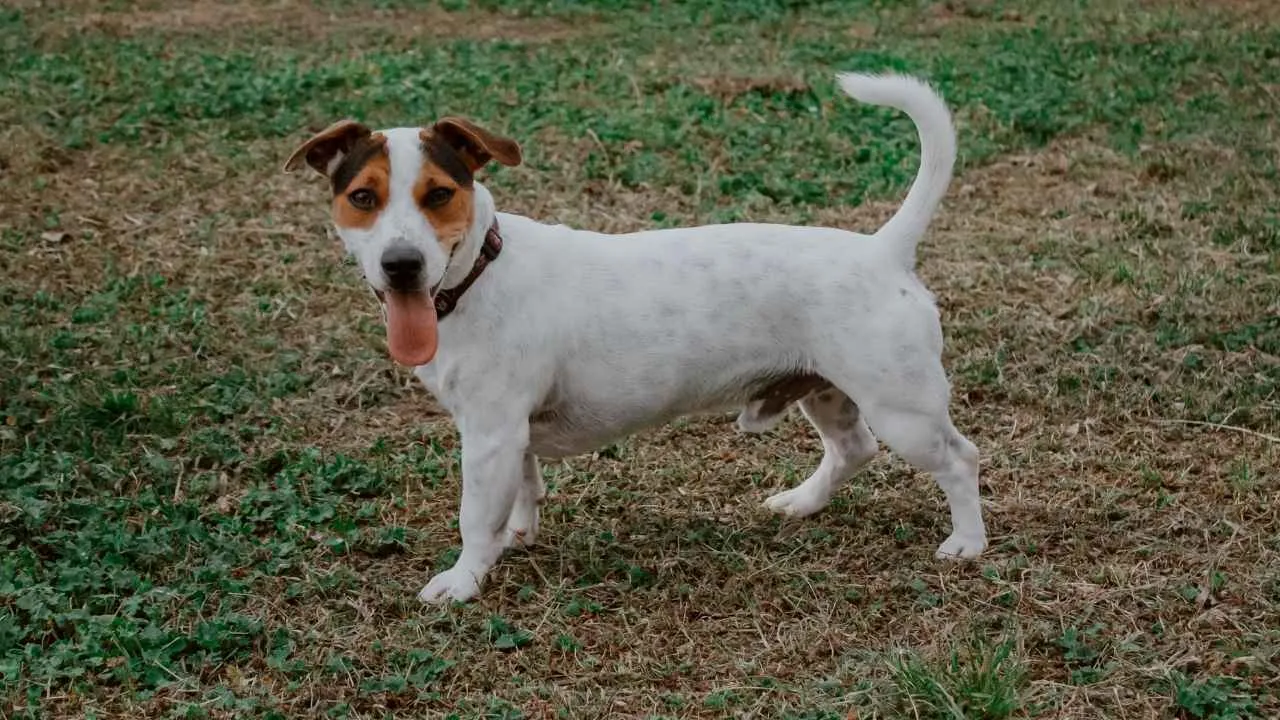
The Jack Russell Terrier has a bold personality and boundless energy. Purina describes the Jack Russell as the ultimate “large dog in a small package”, full of spirit and confidence, they’re ready to face the world with enthusiasm and a spark in their eyes.
Small but fearless, this lively breed uses its quick reflexes and agile body to dart into tight spaces or uncover well-hidden items.
Their strong hunting instincts and intense curiosity keep them alert and driven, traits that are ideal for sniffing out secrets or staying hidden until the perfect moment to spring into action. Whether they’re the seeker or the one hiding, Jack Russells bring fierce determination and fun to the game.
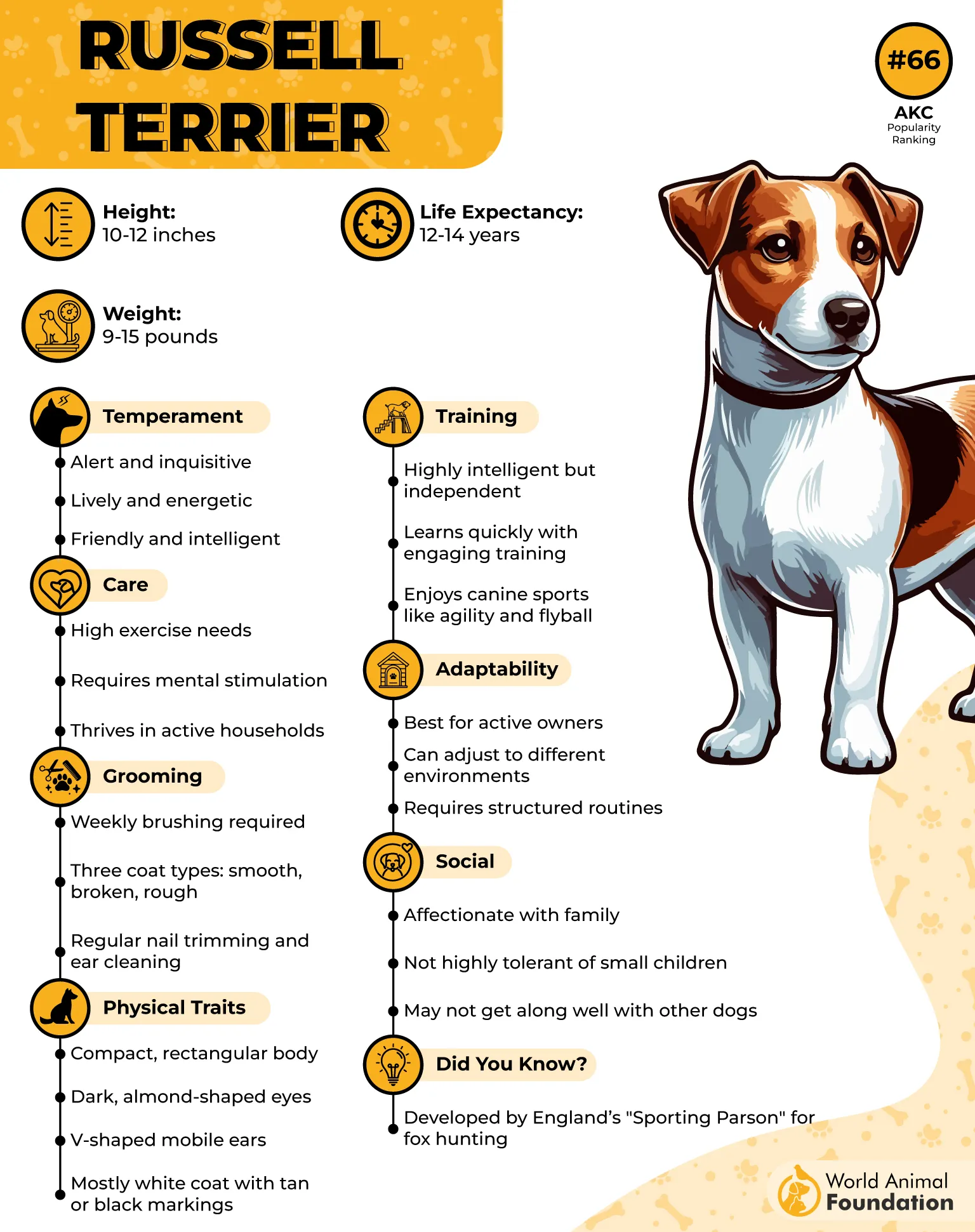
Training
While known for their independent streak, Jack Russell Terriers respond well to positive reinforcement and reward-based training. Their intelligence allows them to pick up new commands quickly, especially when the activity is mentally stimulating, like hide-and-seek.
Training a Jack Russell requires patience and consistency, with a focus on building a bond rooted in mutual respect. Early socialization and recall training are essential, as these terriers are naturally adventurous and can easily become overconfident if boundaries aren’t set early on.
Fun Fact: Though commonly known as Jack Russells, many of the short-legged, feisty terriers popular in the UK aren’t officially recognized breeds but still shine as hide-and-seek stars.
4. Dachshund
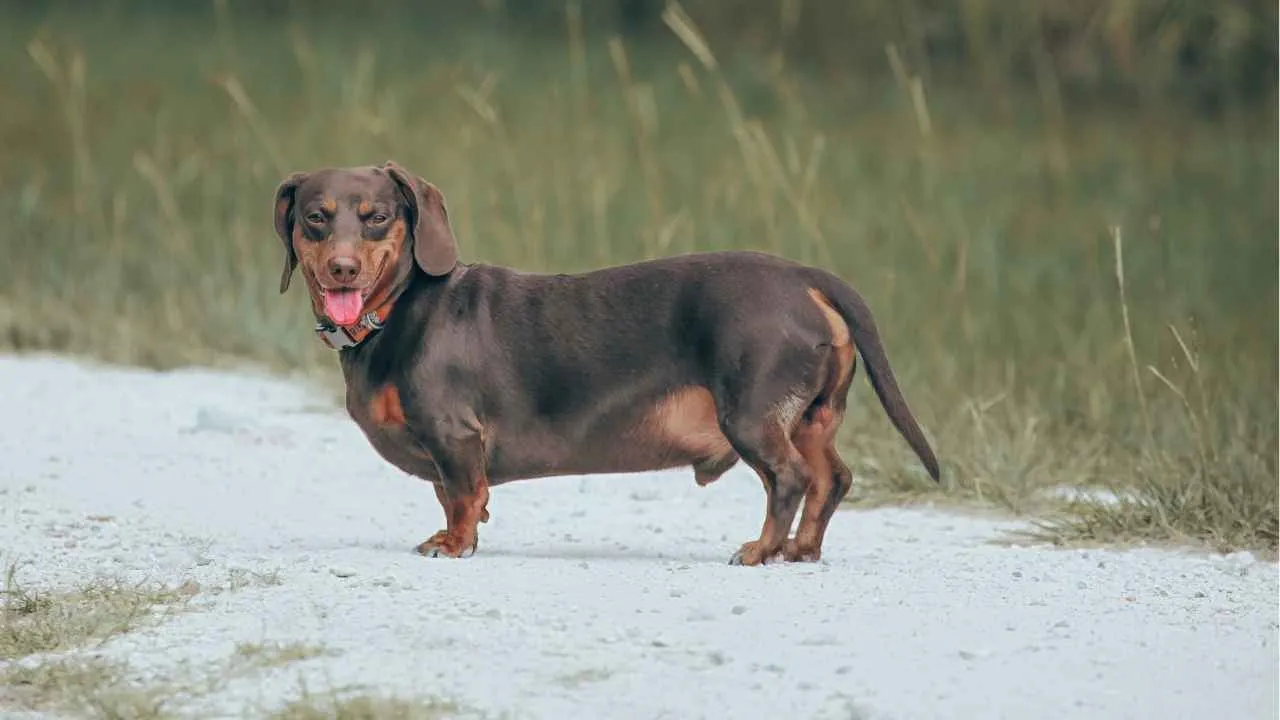
Originally bred to burrow into badger dens, these small but fearless dogs are experts at squeezing into tight spots, making them tricky hiders and determined seekers.
Their long torsos, short legs, and broad paws give them an advantage when digging, crawling, or maneuvering into places that most dogs would overlook. Their stealthy movements and love of a challenge make them both elusive players and relentless hunters in the game.
The smooth-coated type needs just occasional brushing to get rid of loose hair. The longhaired variety benefits from being combed once or twice a week, while the wirehaired coat demands the most upkeep, requiring weekly combing and occasional hand-stripping to remove dead hair, as per Britannica.
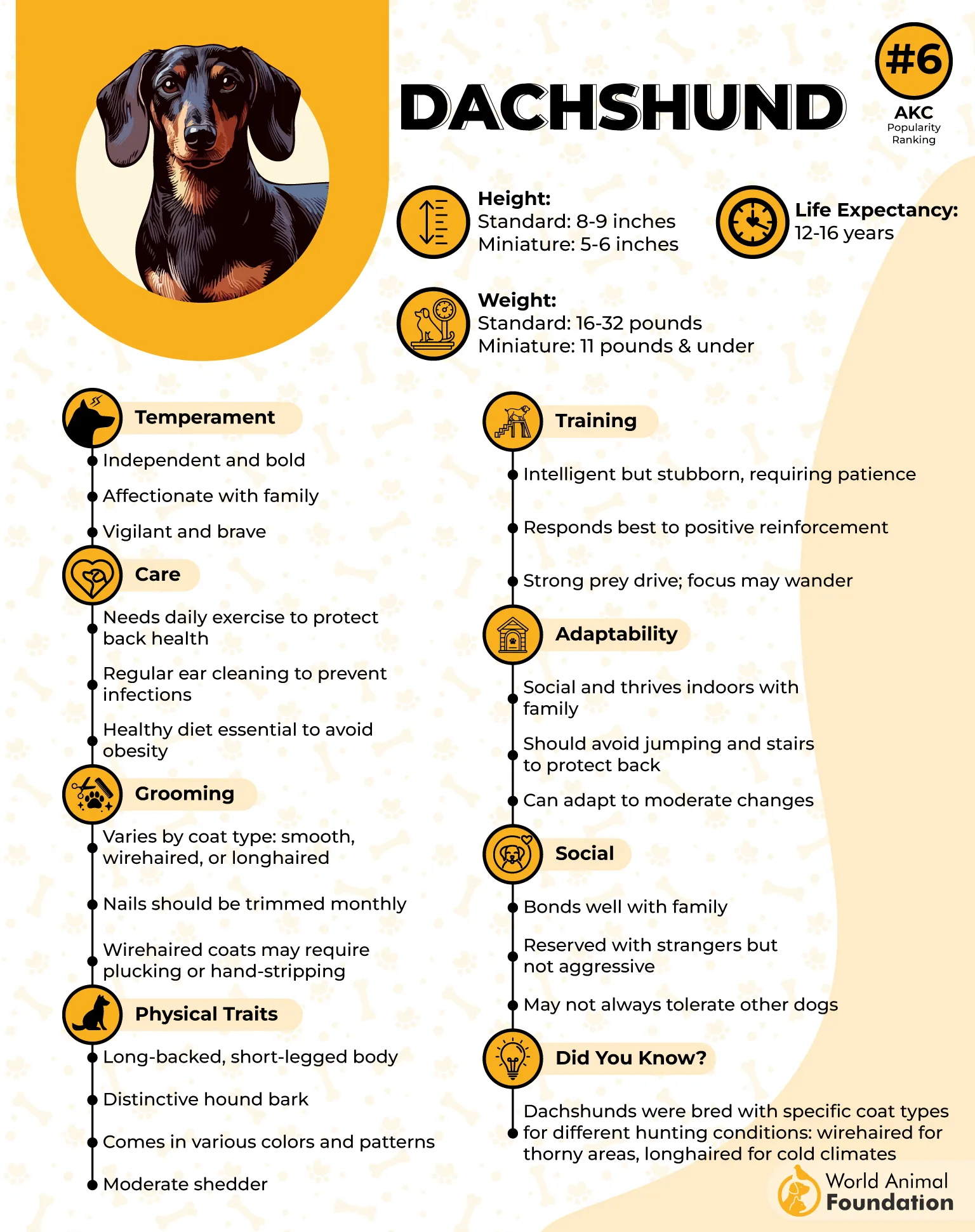
Training
Dachshunds are intelligent and independent, which makes training both fun and a bit of a challenge. They thrive when tasks stimulate both their mind and bodies. Hide-and-seek games that involve searching under blankets or pillows are especially effective, tapping into their natural digging instincts.
Using simple commands like “dig” or “find” paired with treats can help them associate the game with reward and engagement. Due to their long backs, jumping should be limited, but obstacle-based play can still be safe and enjoyable with thoughtful setup and supervision.
Fun Fact: The Dachshund was originally bred to confront badgers underground, making it fearless, bold, and excellent at following hidden trails, even indoors.
5. Australian Shepherd
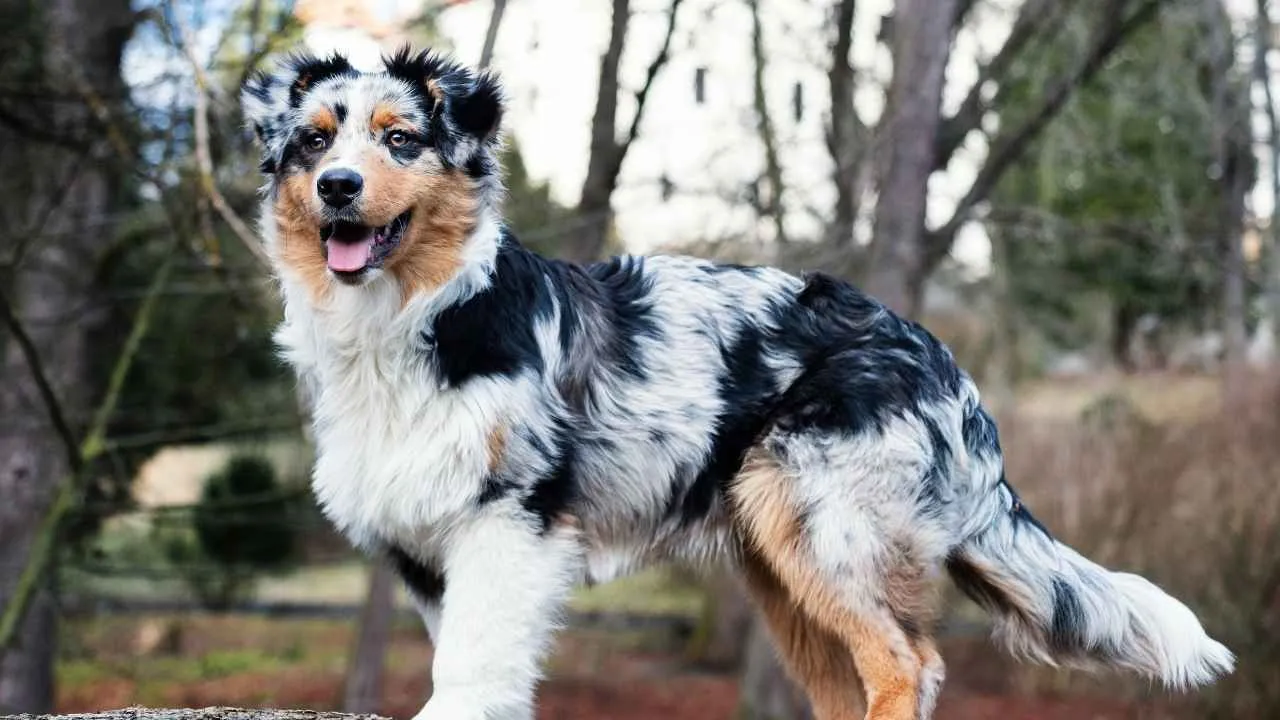
They are energetic, intelligent, and endlessly curious. These agile herding dogs are quick on their feet and even quicker in thought, making them adept at tracking down hidden objects or cleverly finding places to hide themselves.
Their sharp sense of awareness and playful nature transform every session into an exciting, fast-paced challenge. Whether exploring the backyard or darting through a park, Aussies bring strategy and speed to the game.
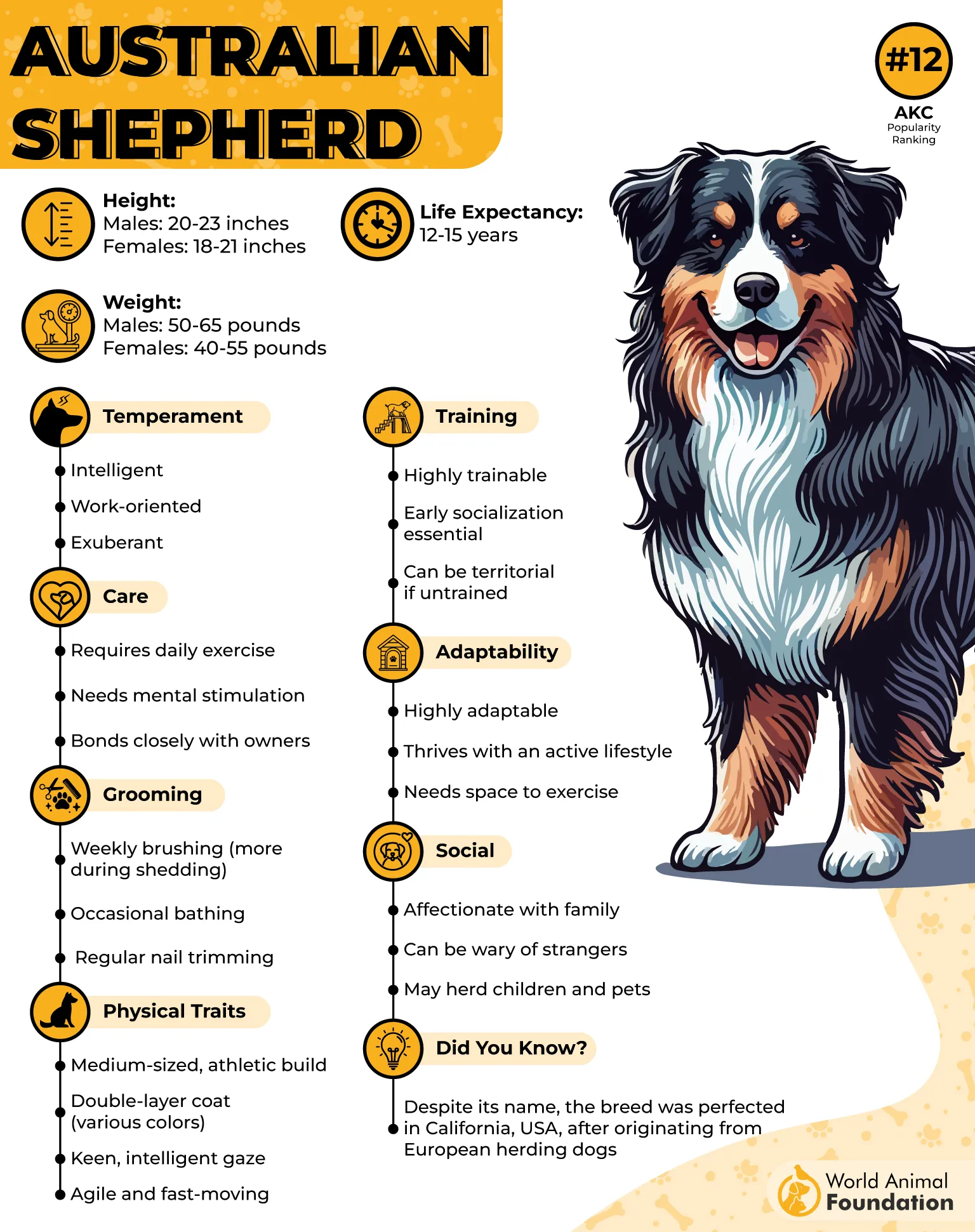
Training
Training an Australian Shepherd requires consistency and creativity. These highly intelligent dogs thrive on mental stimulation and excel when training is positive, structured, and engaging.
Incorporating agility exercises, scent work, and frequent hide-and-seek games keeps them mentally sharp and physically satisfied.
Early socialization and exposure to a variety of environments are essential to develop their confidence and adaptability. With their eagerness to learn and strong problem-solving skills, Aussies quickly grasp new commands and game rules.
Fun Fact: These versatile dogs use their natural herding instincts to anticipate movement, giving them a strategic advantage in hide-and-seek play.
6. Cocker Spaniel
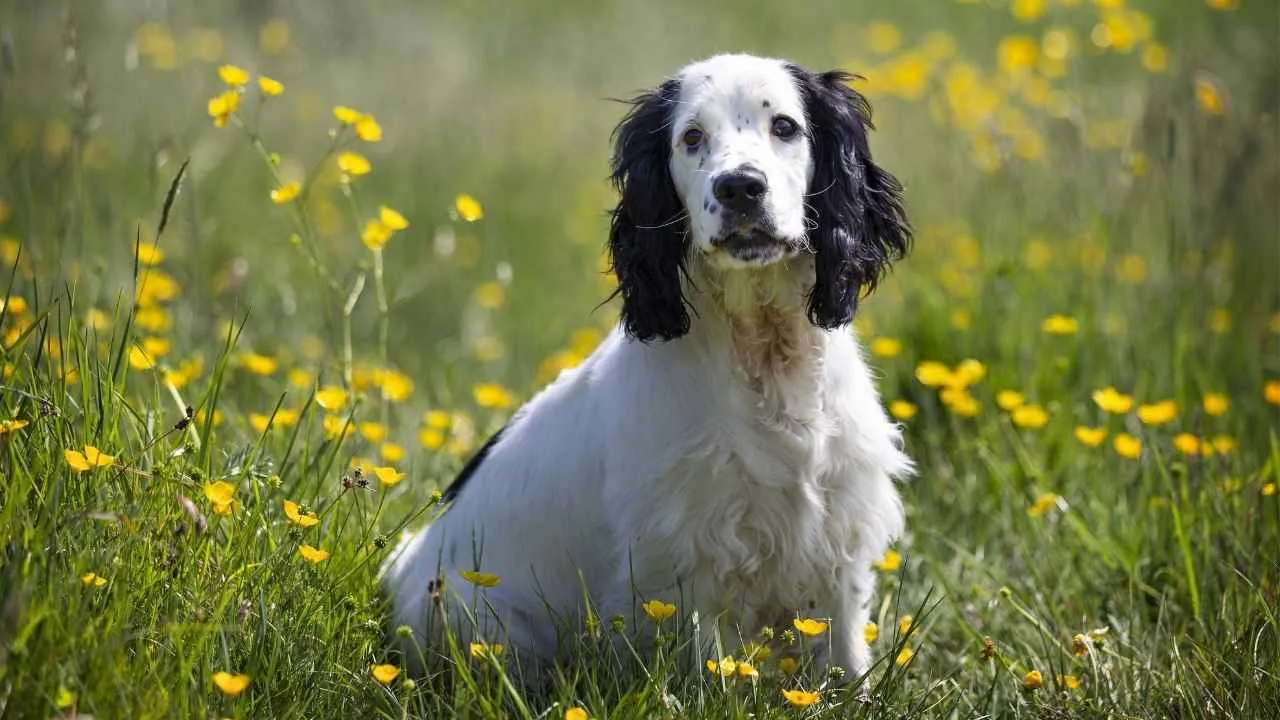
They have a joyful spirit and a curious disposition. Their background as hunting dogs gives them an impressive scenting ability, which they use enthusiastically to track down hidden objects or people.
Compact in size but full of energy, these dogs are nimble enough to slip into cozy hiding spots and smart enough to sniff out the sneakiest players. Their playful personality and deep love for human interaction make them eager and reliable participants in this entertaining game.
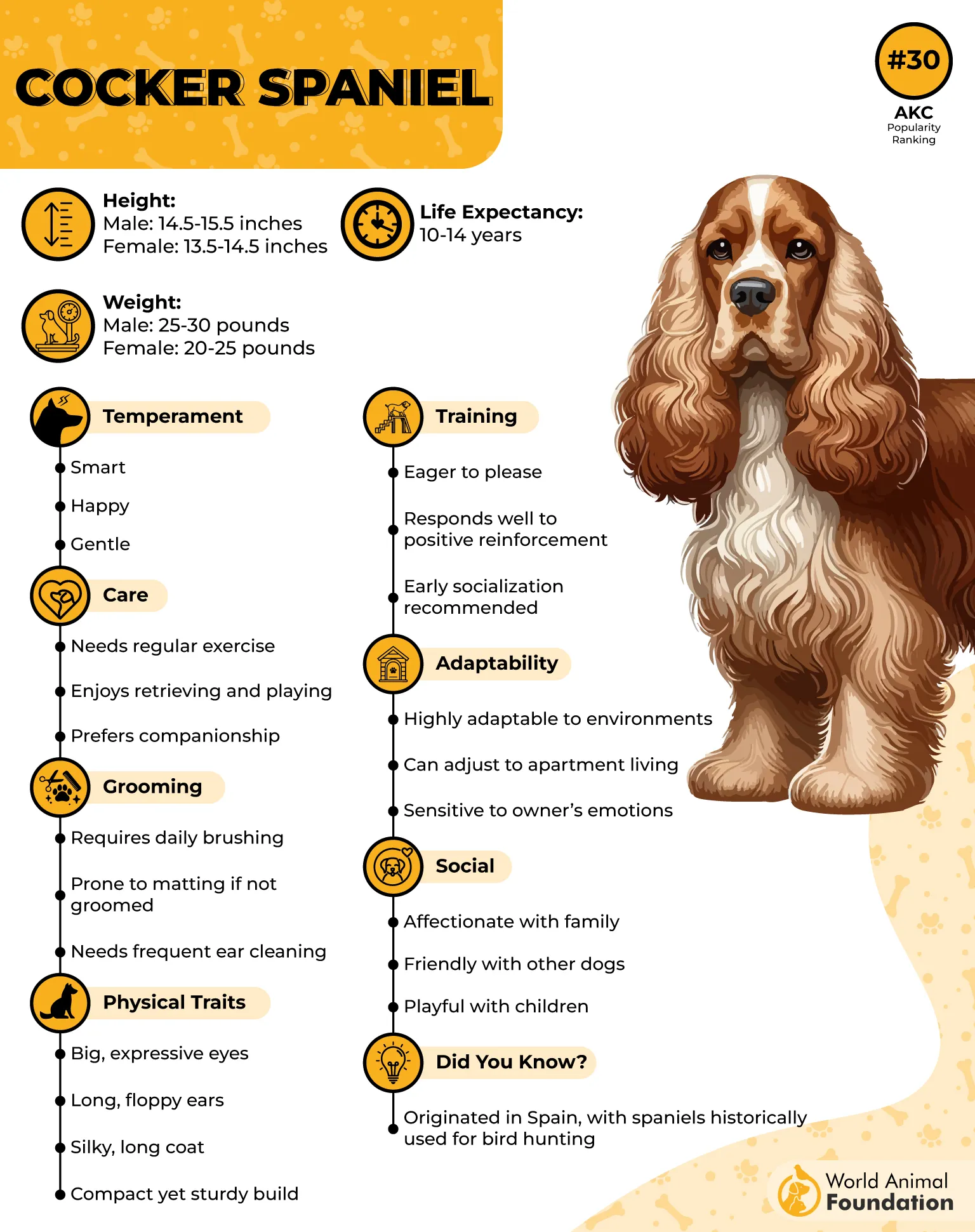
Training
These smart dogs are known for being affectionate, eager to please, and responsive to gentle guidance. Their people-pleasing nature makes training a smooth and positive experience, especially when play, praise, or treats are involved.
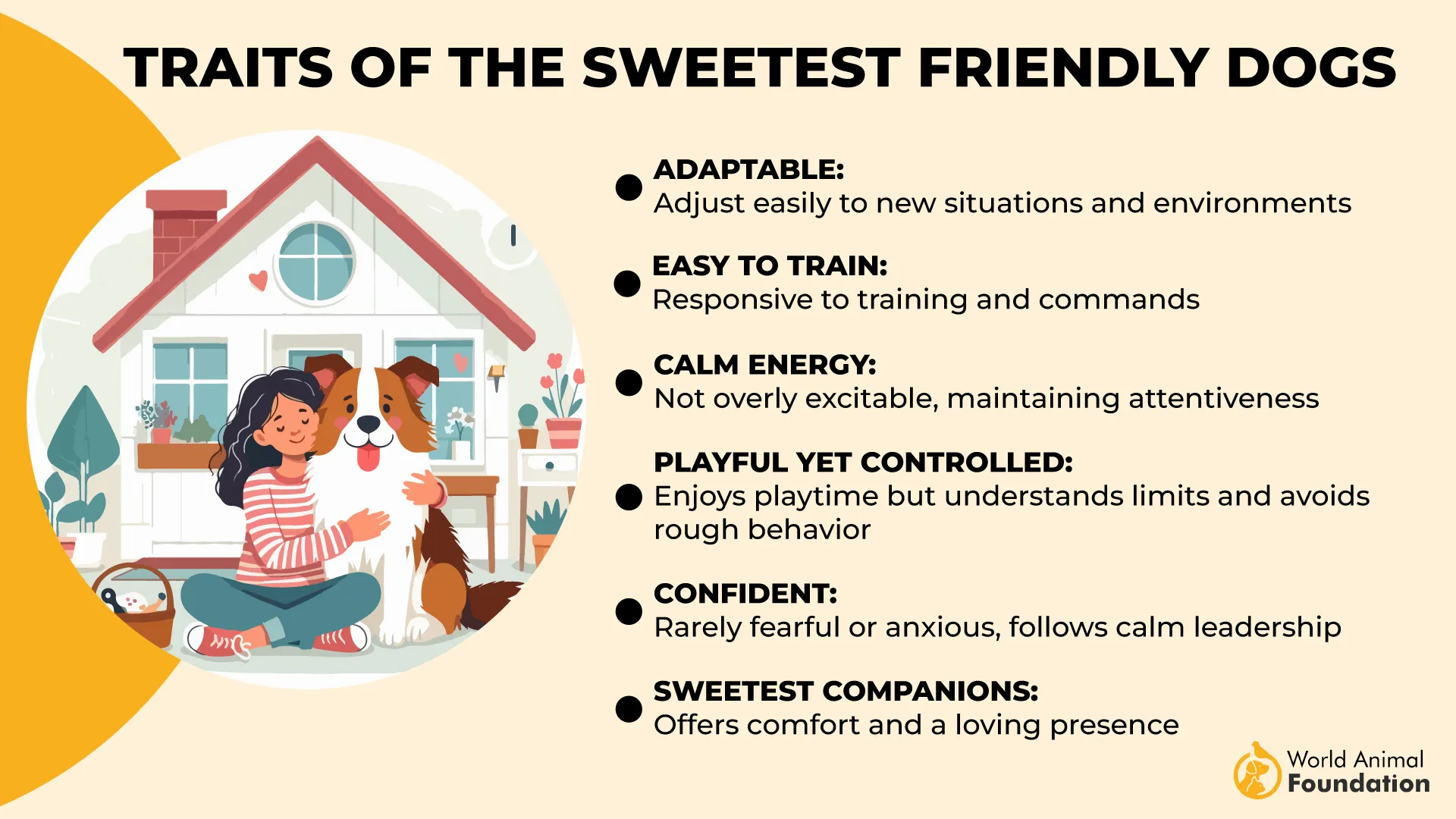
They respond well to encouraging tones and generally dislike harsh corrections, so a kind, consistent approach works best.
Early socialization and exposure to different activities help sharpen their skills and keep them mentally stimulated, especially for games like hide-and-seek that engage both their brain and nose.
Fun Fact: The Cocker Spaniel’s love for hide-and-seek stems from its hunting roots, using scent and patience to excel in the game.
7. Siberian Husky
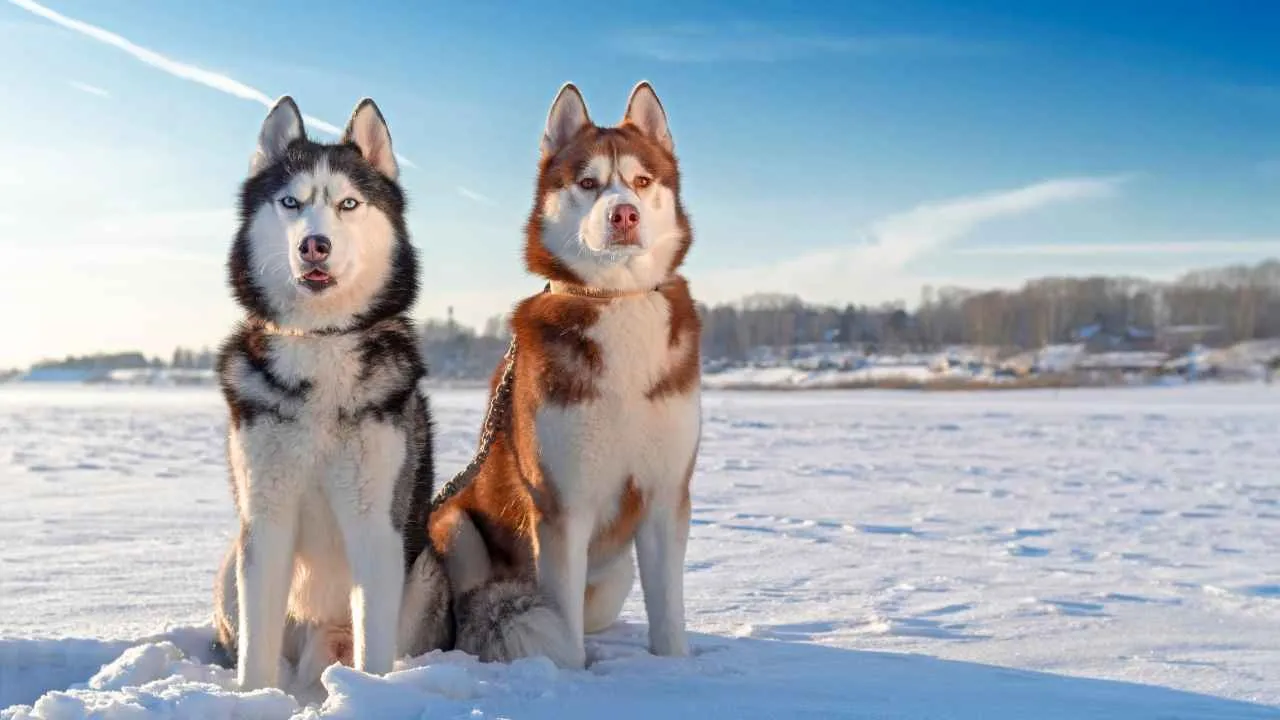
Known for their love of interactive games and mental challenges, Huskies approach each round with enthusiasm and cleverness.
Their thick double coat even allows them to blend into snowy environments, giving them a unique edge when hiding. Agile, quick, and always on the move, these dogs transform any backyard or living room into an adventure zone.
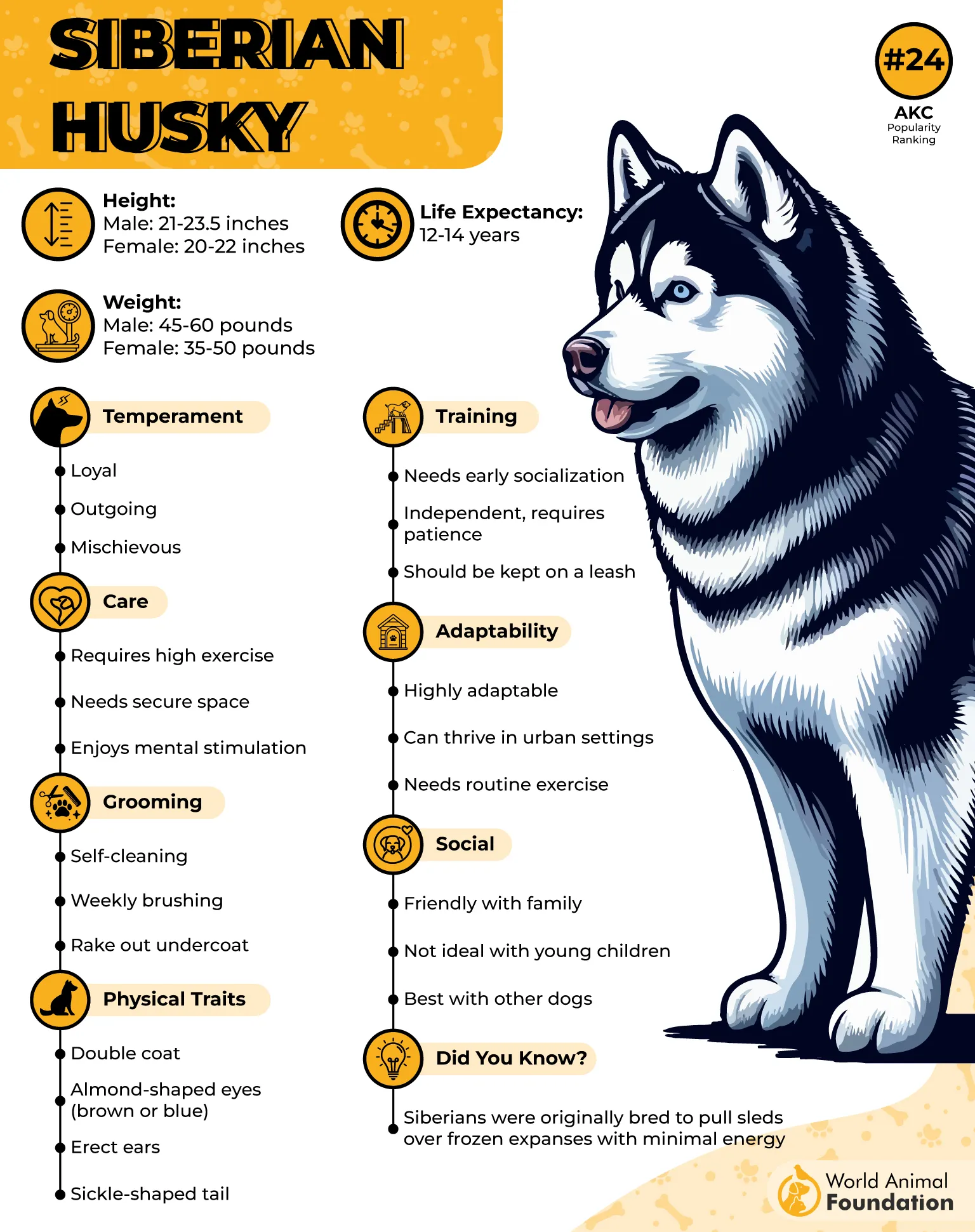
Training
Training a Siberian Husky for games like hide-and-seek is as much about fun as it is about focus. Though highly intelligent, Huskies are famously independent, so patience and consistency are key.
Incorporating games like tug-of-war or chase into training sessions can reinforce commands while keeping them mentally stimulated. Once they find a game they love, they’ll stay engaged for hours. Using rewards and repetition helps sharpen their natural instincts and ensures they return to you after the fun.
Fun Fact: These agile dogs gained fame in 1925 when a team of them delivered life-saving serum to Nome, Alaska, during the “Great Race of Mercy.”
8. Poodle

Poodles are natural standouts when it comes to hide-and-seek, combining keen intelligence, agility, and an excellent sense of smell. Whether standard, miniature, or toy, Poodles use their sharp problem-solving abilities to approach the game with strategic focus.
Rather than relying solely on instinct, they analyze their surroundings and often anticipate hiding spots with impressive accuracy. Their speed and grace allow them to dart through rooms or sneak into tight spaces with ease, making every round of the game engaging and unpredictable.
Training
Training a Poodle is a rewarding experience thanks to their quick learning and eagerness to please. These dogs thrive on mental challenges, so hide-and-seek doubles as both a game and a form of enrichment.
Incorporating games like treat scavenger hunts, obstacle courses, and interactive puzzles strengthens their cognitive abilities while reinforcing obedience.
Consistent training also enhances their focus, making them even more adept at finding hidden items or people during play. Regular sessions keep them mentally stimulated and help prevent boredom-related behaviors.
Fun Fact: Poodles excel at mentally interactive games like hide-and-seek due to their high intelligence and sharp problem-solving skills across all sizes of the breed.
9. Labrador Retriever
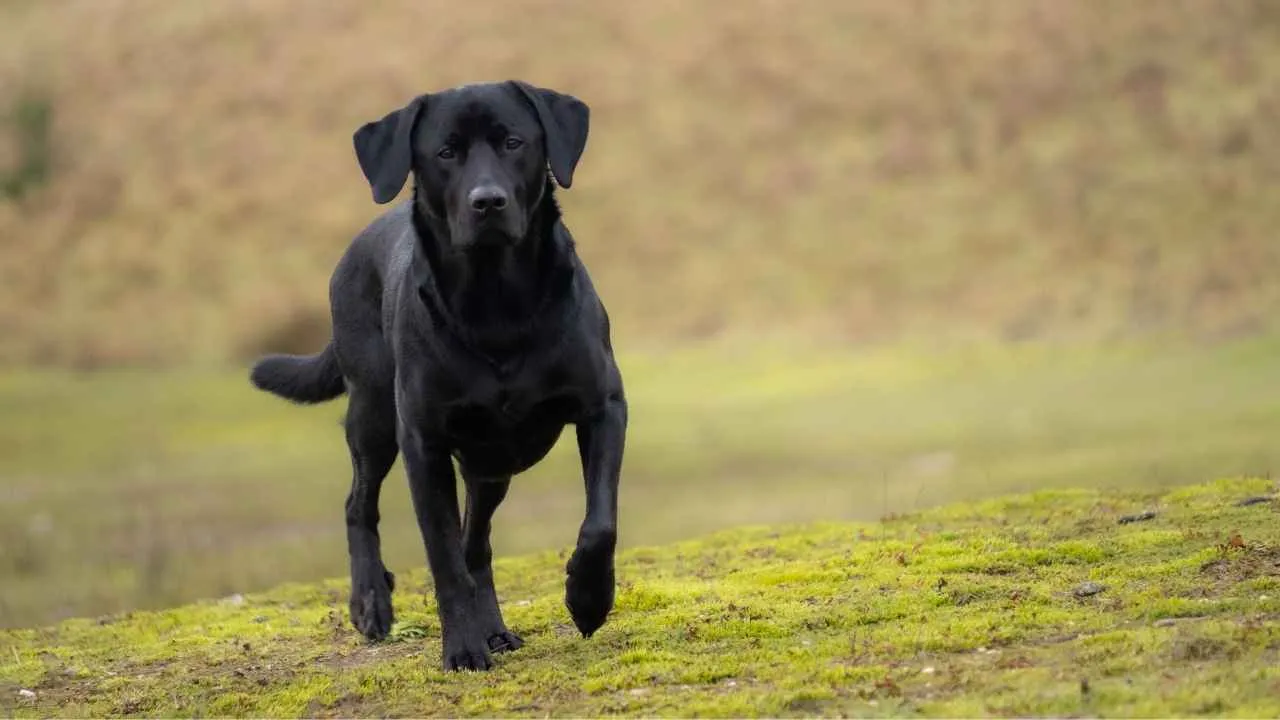
With their exceptional noses and strong desire to please, Labs are natural seekers who thrive on tracking scents and uncovering hidden treasures, or people.
Their playful energy and love of interactive games make them perfect companions for families looking to turn everyday fun into a bonding experience. Whether navigating the backyard or searching behind furniture, Labs approach each round with eagerness and determination.
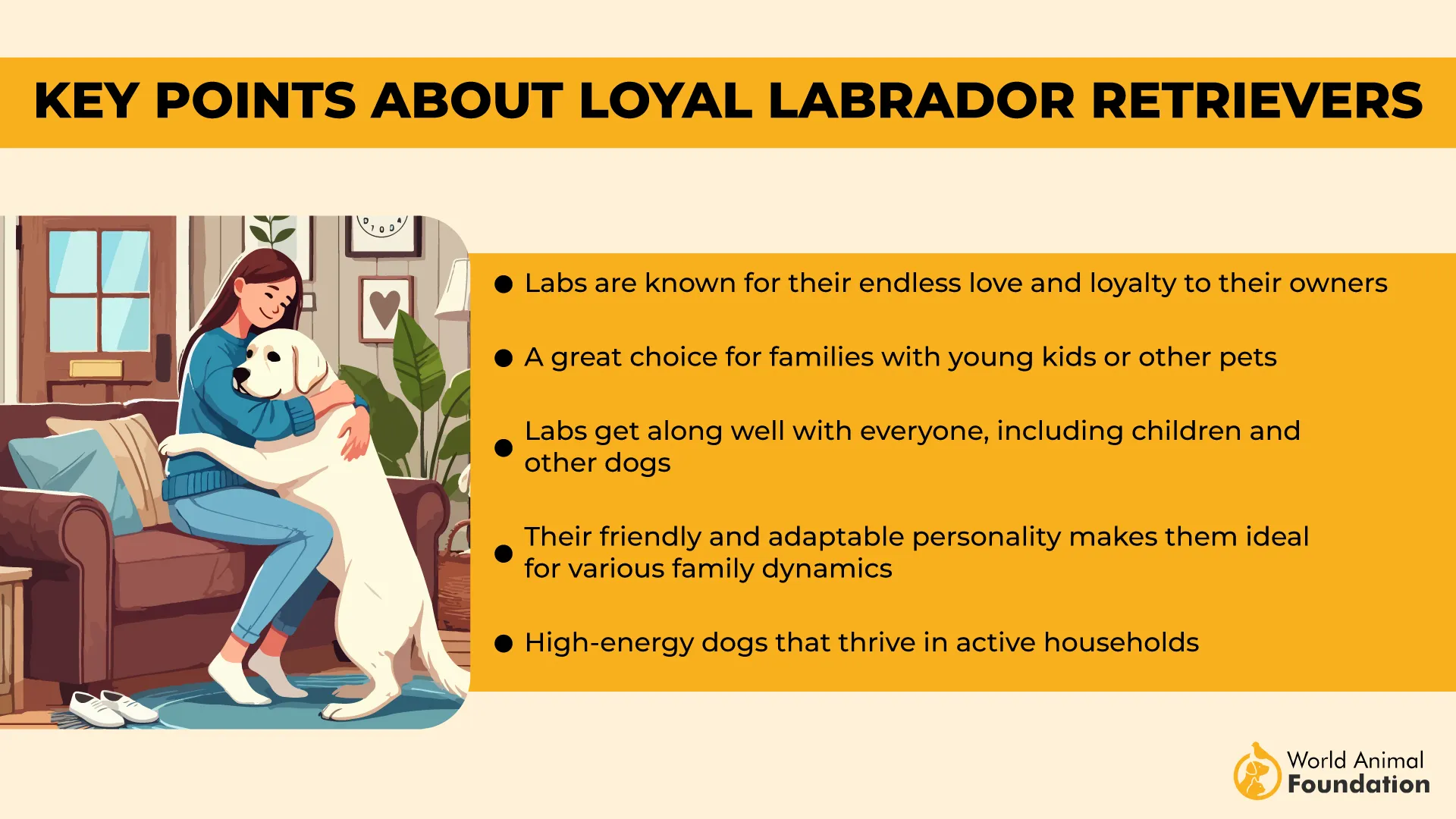
Training
Their intelligence and eagerness to learn make them quick studies in obedience classes, especially when reinforced with praise and play. Socializing Labrador puppies between 7 weeks and 4 months helps them grow into confident, well-mannered adults ready for any challenge.
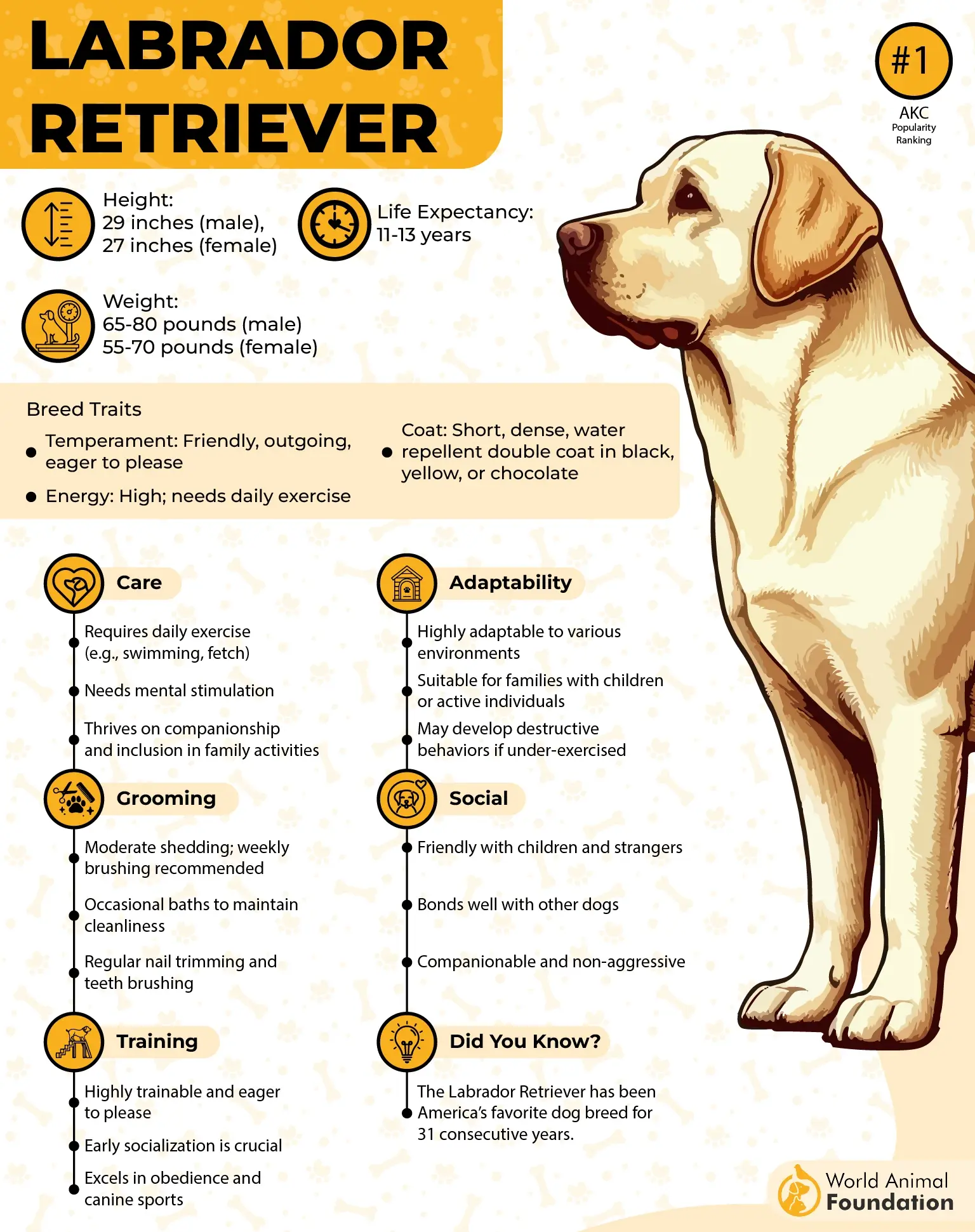
Through consistent training and exposure to different environments, Labs develop the skills and confidence needed to excel at scent-based games and other mentally stimulating tasks.
Fun Fact: Labrador Retrievers are so reliable at tracking and problem-solving that they’re often used as service dogs and search-and-rescue companions.
10. Shetland Sheepdog
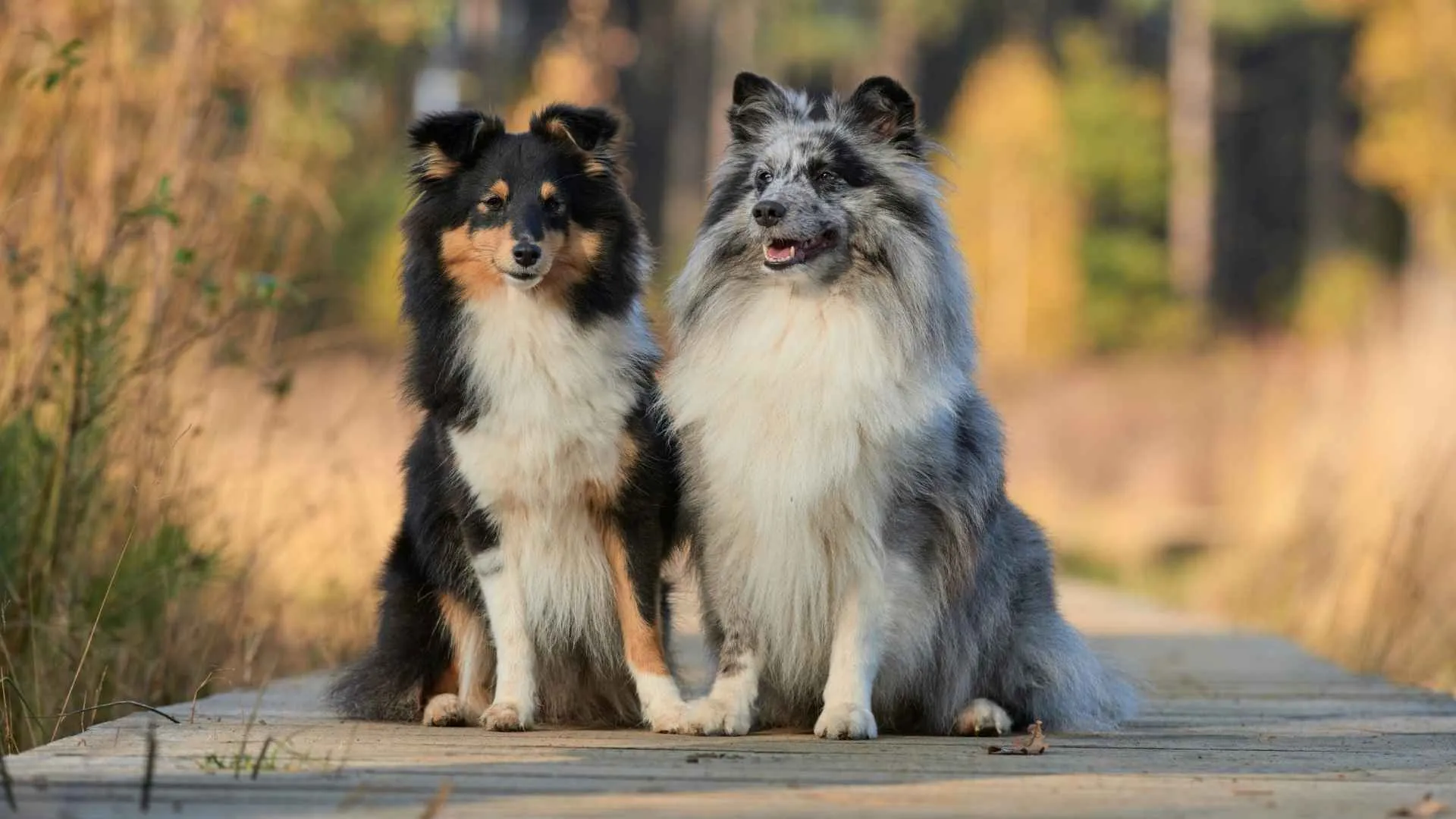
Their background as herding dogs gives them natural strategy, agility, and attentiveness, traits that make them excellent at both hiding from and tracking down their human playmates.
These dogs can change direction swiftly and adapt on the fly, often darting between obstacles or shifting hiding spots with uncanny precision. Their expressive eyes and high alertness also make them highly responsive to subtle cues.
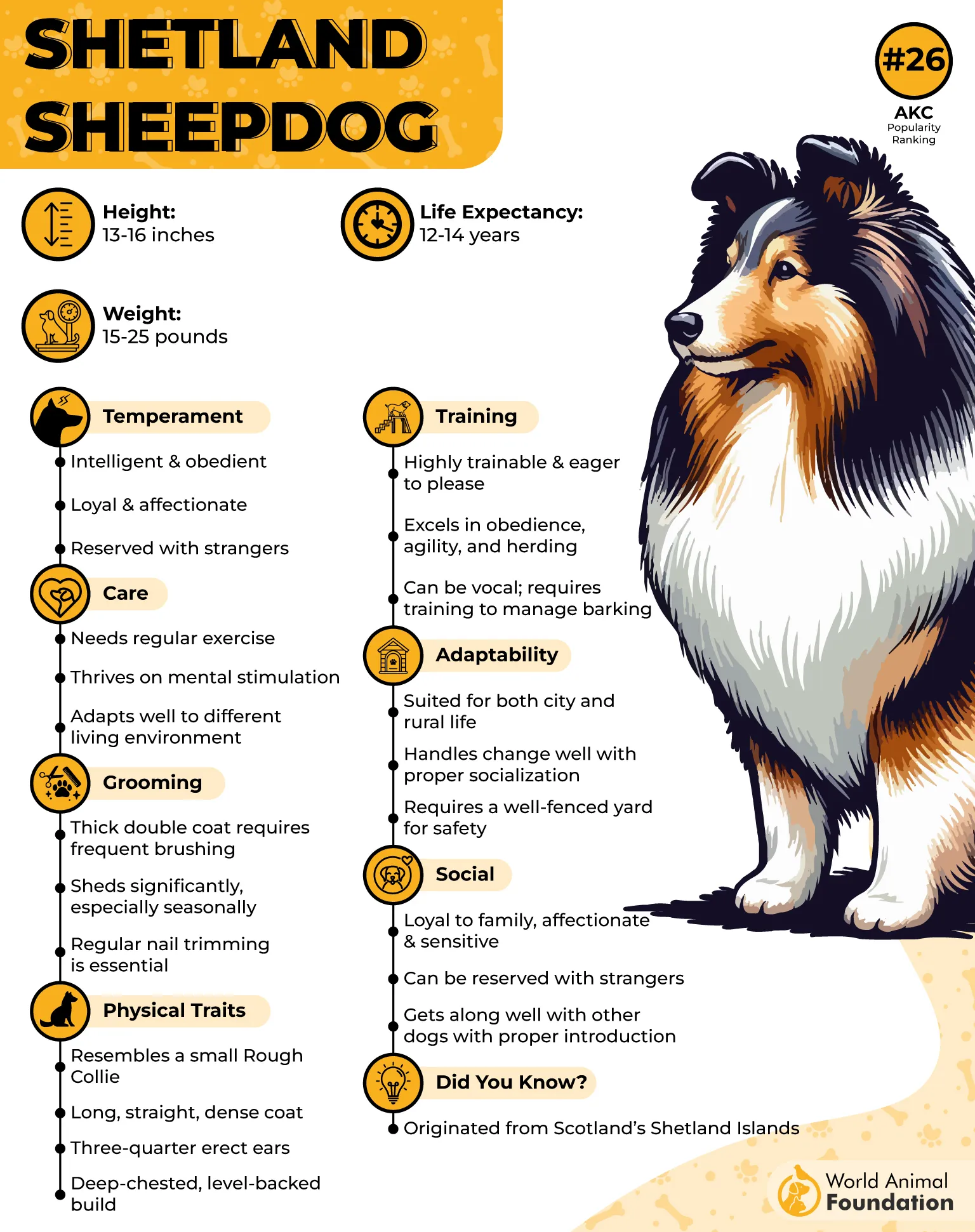
Training
Shelties are eager learners who shine in obedience and agility courses. Their intelligence and desire to please make training them a rewarding experience. When it comes to hide-and-seek, Shelties don’t just play, they engage thoughtfully, often picking up patterns and anticipating the next move.
They do best with dog owners who enjoy consistent training and are willing to provide the mental stimulation they crave. Teaching them to stay calm and quiet can be just as important as their natural go-go energy.
Fun Fact: President Calvin Coolidge had a Shetland Sheepdog named Calamity Jane, for whom he installed a special dog bath in the White House.
Conclusion
Hide-and-seek isn’t just a fun pastime, it’s a mentally enriching activity that taps into your dog’s instincts and intelligence. Breeds like the Border Collie and Shetland Sheepdog thrive on these interactive challenges thanks to their herding backgrounds, keen senses, and lightning-fast reflexes. Their ability to problem-solve and respond to cues makes them natural standouts in this game, turning simple play into a showcase of skill and focus.
Other breeds, such as Golden Retrievers, are also excellent participants due to their friendly temperament and trainability. Their outgoing nature makes them enthusiastic seekers, especially when paired with rewards or puzzle toys. Many of these breeds also excel in various dog sports, so games like hide-and-seek are perfect for providing the mental and physical engagement they crave. With the right mix of encouragement and structure, these clever companions are more than ready to rise to the challenge and have fun doing it.


